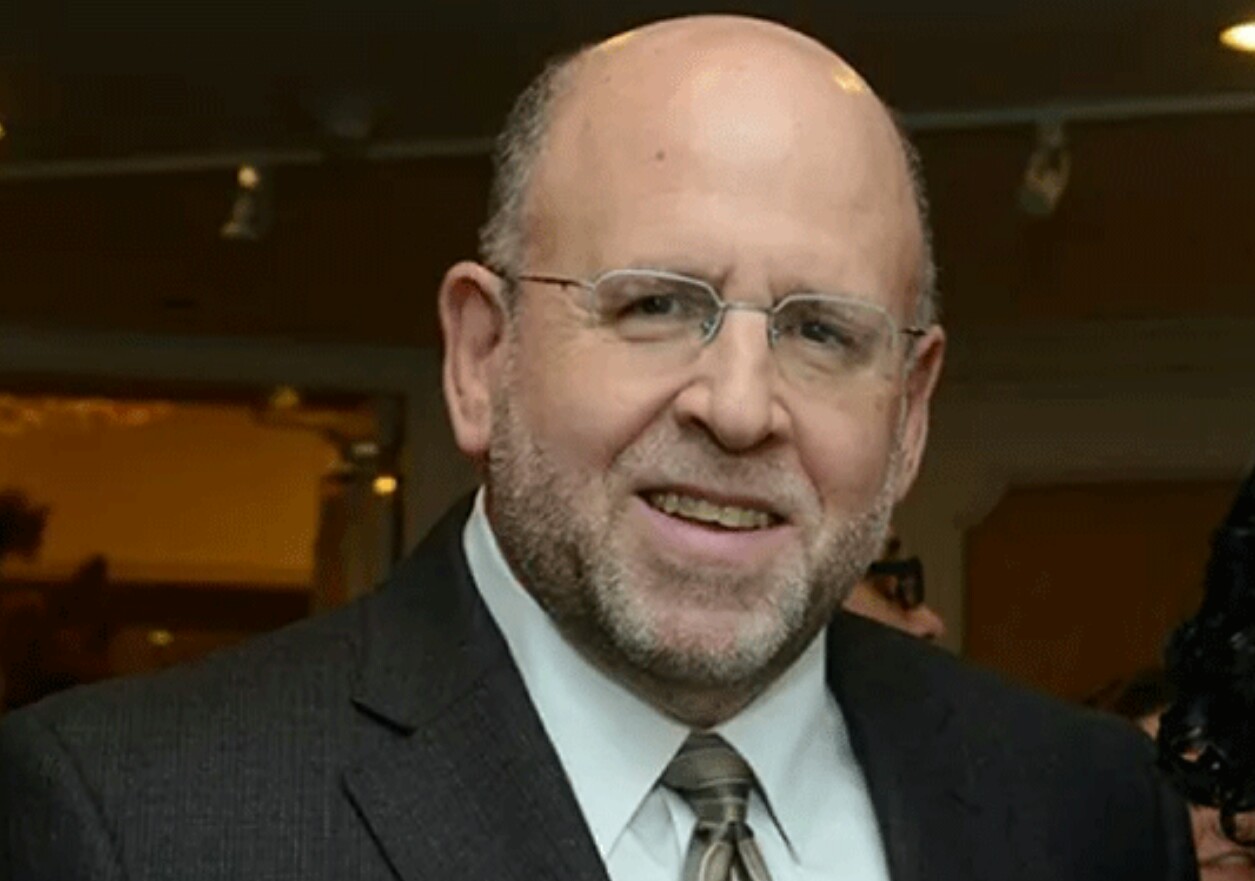In Neil MacGregor’s book “History of the World in 100 Objects,” he displays objects to focus on unexpected turning points in mankind’s evolution. Each object lies at the intersection of a number of historical developments. Which leads me to three objects, among many, that have stuck in my mind from photos and video taken at the violent insurrection on Jan. 6 at the Capitol Building in Washington D.C.
The first object is a long-sleeved black sweatshirt worn by a man identified as Robert Keith Packer of Virginia. The large white block print on his shirt that is laid out in a semi-circle reads: Camp Auschwitz. Underneath that lettering is the image of a skull-and-crossbones, with the words Work Brings Freedom in smaller block print just beneath.
At about the same time that I saw the photo of Packer wearing his shirt, another kind of image appeared on my Instagram account. It was the photo of a young girl, Rosa Lisoprawski. According to the caption in the posting, Rosa was a Jewish girl who was born in Paris. She arrived at Auschwitz, the largest and most lethal of Hitler’s concentration camps, on Jan. 22, 1944, in a transport of 1,115 Jews. She was murdered after being selected to go into the gas chamber.
Zyklon-B gas was used to murder almost 1.5 million Jews. Poles, Romani and Soviet POWS were also killed in Auschwitz which, in addition to a killing center, was a slave-labor camp. “Arbeit macht frei” is a German phrase meaning “Work makes one free.” The slogan is best known for appearing on the entrance gate of Auschwitz and other Nazi concentration camps.
Now 77 years after Rosa was murdered, a disgruntled American citizen irate about the outcome of an election that he was assured was “rigged” chose an object that speaks to the annihilation of unwelcome outsiders to wear to his coming-out party.
The second item was a held object. Kevin Seefried of Delaware, another insurrectionist and perhaps one of the “very fine people” at the riot, was photographed parading through the Capitol Rotunda with a Confederate battle flag, the age-old symbol of racist America, on a pole resting on his shoulder.
Seeing this photo evoked a flood of images including the four young girls, Addie Mae Collins (14), Cynthia Wesley (14), Carole Robertson (14) and Carol Denise McNair (11), who on Sept. 15, 1963, were killed when a bomb exploded during Sunday morning services in the 16th Street Baptist Church in Birmingham, Ala.
The battle flag also reminded me of before and after photos of Emmett Till (14), who was lynched in Mississippi in 1955, after being falsely charged with offending a white woman in her family’s grocery store. One photo of Emmett that I recall depicted a young boy with a round sweet face wearing a white button-down shirt, striped tie and fedora, perhaps getting ready to attend Sunday church or a special family occasion. The second photo of the same boy was unrecognizable. It was taken after his body was recovered after he had been abducted, beaten, mutilated, shot in head and dumped into the Tallahatchie River, and weighed down by a fan blade fastened around his neck with barbed wire. His mother demanded an open casket so the world could see what racists did to her child.
As the two insurrectionists, who were no doubt intent on exacting justice for a “rigged” election, prepared for their Jan. 6 journey to Washington, D.C., each of them made the conscious choice to wear or carry these objects of racial and religious resentment.
I have often wondered which era in American history the slogan “Make America Great Again” refers to. The two insurrectionists provided the answer with their shirt and a flag, both of which represent white supremacy.
How ironic it is that the mob of murderous seditionists used the third object – a flagpole bearing the American flag that they hold so sacred – to beat Capitol police in a melee that ended with five dead.
Andrew Malekoff is a New York State Licensed Clinical Social Worker



